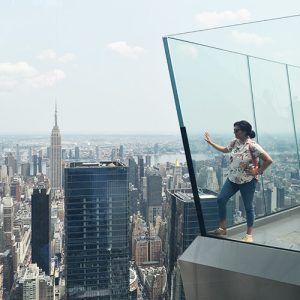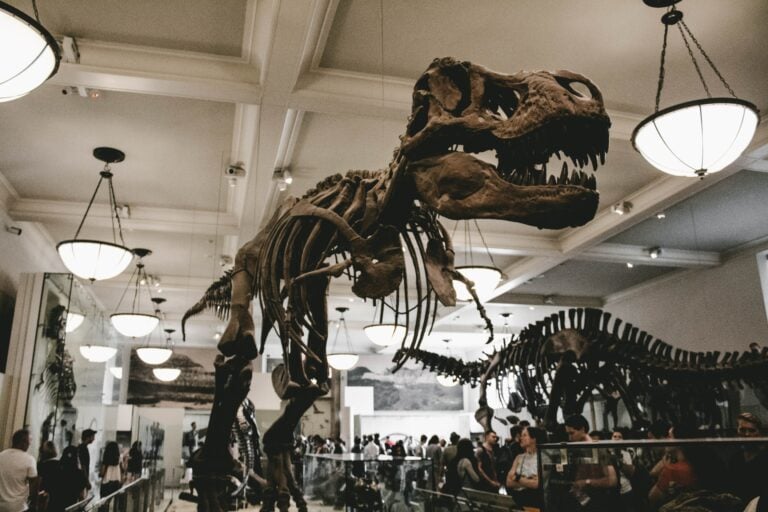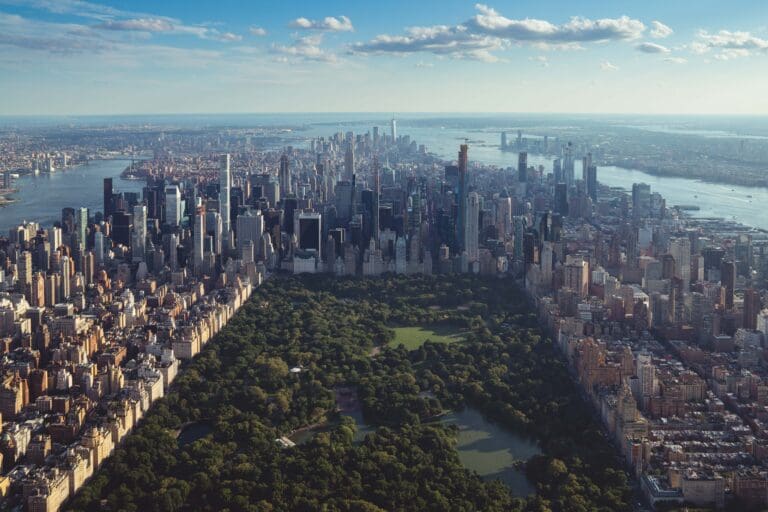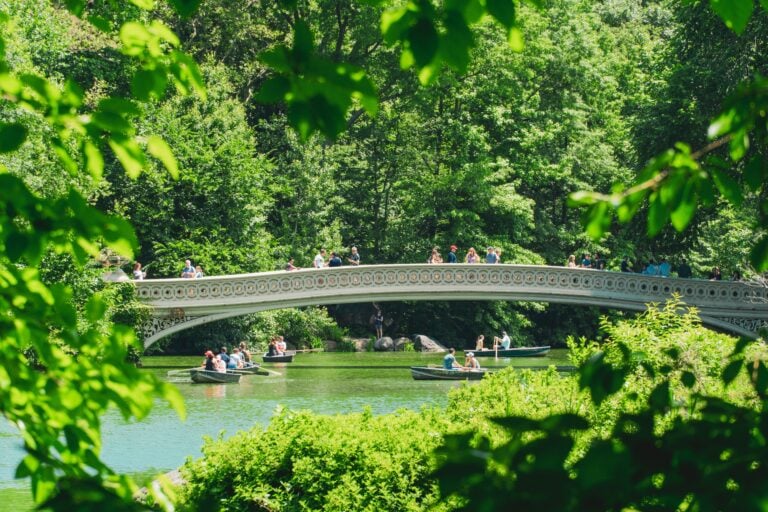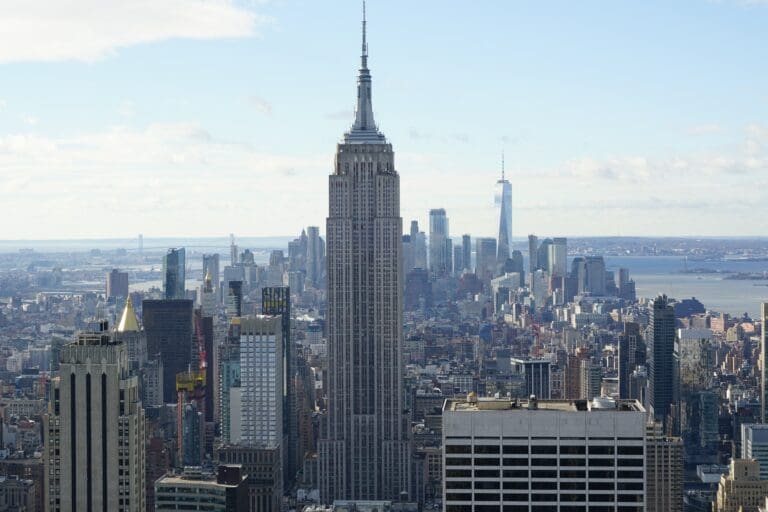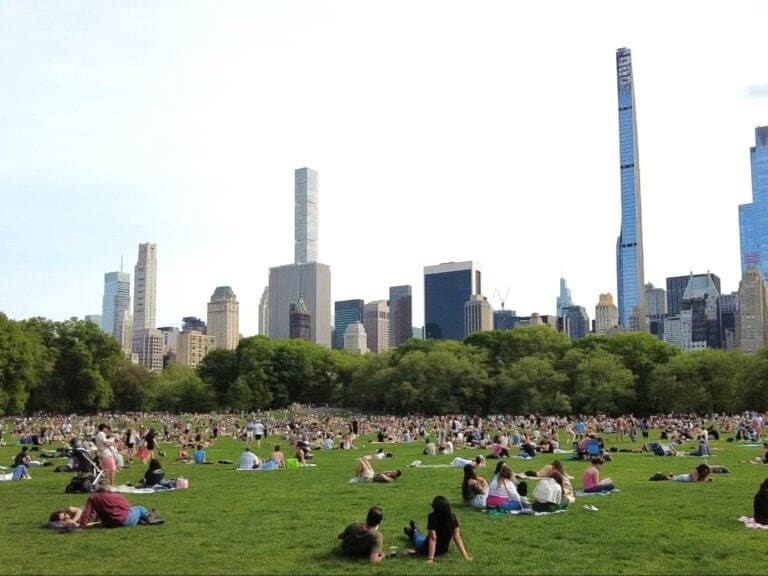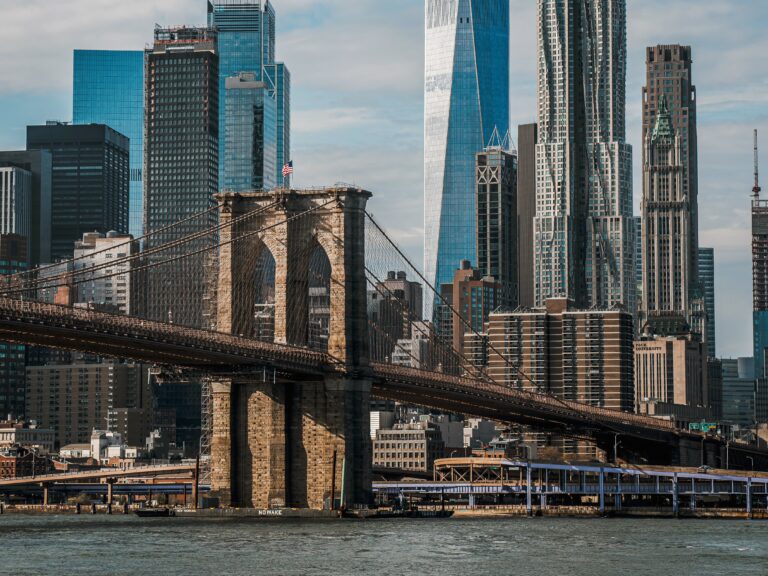The American Museum of Natural History in New York is a must-visit during your stay in the city. Located in the heart of the city, this incredible museum gives you a chance to explore fascinating exhibits and learn about the diversity of our planet and universe. In this blog I will tell you about its highlight, recommended time to take for your visit and how to get in faster.
Recommended duration
4 hours up to a full day
Ticket price
$30 for adults
Accessibility
Good
Key take-aways at a glance
- I recommend reserving 4 hours for your visit.
- The best time to visit is in the morning.
- This museum is big, so it’s best to start with the floors you are interested in the most.
- Highlight tours are offered by the museum for free. Daily at 30 minutes past the hour from 10:30 am through 3:30 pm. See the official website.
- On busy days with long cues at the entrance, I recommend using the west-side entrance marked as ‘Rose Center for Earth and Space’ on W 81 St. View on Google Maps.
- Save money by using the City Pass. Check out the NY City Sightseeing Pass.
What to do and see during your visit
There are plenty of exciting things to do and explore in this museum. The museum has four floors covering different themes, from exploring the universe to seeing ancient dinosaur and sea-life. The museum is incredibly large, so you can easily spend your entire day here.
There is no fixed route to take, so my advice is to simply start with the floors you are interested in the most.
The museum has both permanent exhibition halls as well as special exhibitions. Here are some of the highlights that you can expect to see:
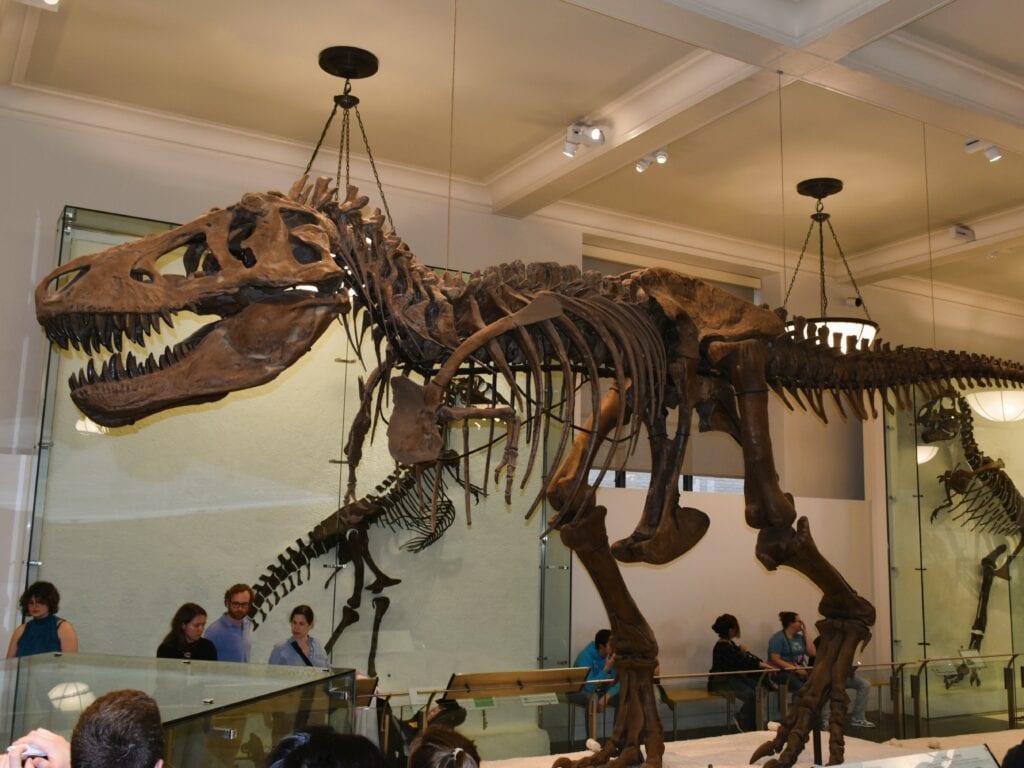
1. Come face-to-face with dinosaurs
Step back in time and come face-to-face with the magnificent dinosaurs that once roamed the Earth. The museum has an impressive collection of dinosaur fossils, including the iconic Tyrannosaurus Rex and Triceratops. You can find this collection in the fossil halls on the 4th floor.
Did you know: The museum’s famous dinosaur exhibit features a Tyrannosaurus rex skeleton that is over 40 feet long and is one of the most complete T. rex specimens ever found.
2. Visit the Hall of Biodiversity
Discover a stunning hall that exhibits the incredible variety of life on Earth, including unique animals and colorful ecosystems.
One of the key features of the hall is a 2,500 square foot diorama depicting the Dzanga-Sangha Special Reserve rainforest. This diorama showcases over 160 animal and plant species, giving visitors a glimpse into the rich diversity of life found in this unique ecosystem.
3. Marvel at the Mammal Halls
Explore the many different types of mammals from around the world in carefully arranged displays. See life-sized models of elephants, lions, bears, and others while discovering their habitats and behavior.
4. Journey through the Oceans
Visit the ocean exhibit to admire life-sized replicas of marine creatures, learn about conserving the ocean.
The museum’s iconic blue whale model is a staggering 94 feet long and weighs over 21,000 pounds. It is a replica of a female blue whale that was found off the southern coast of South America.
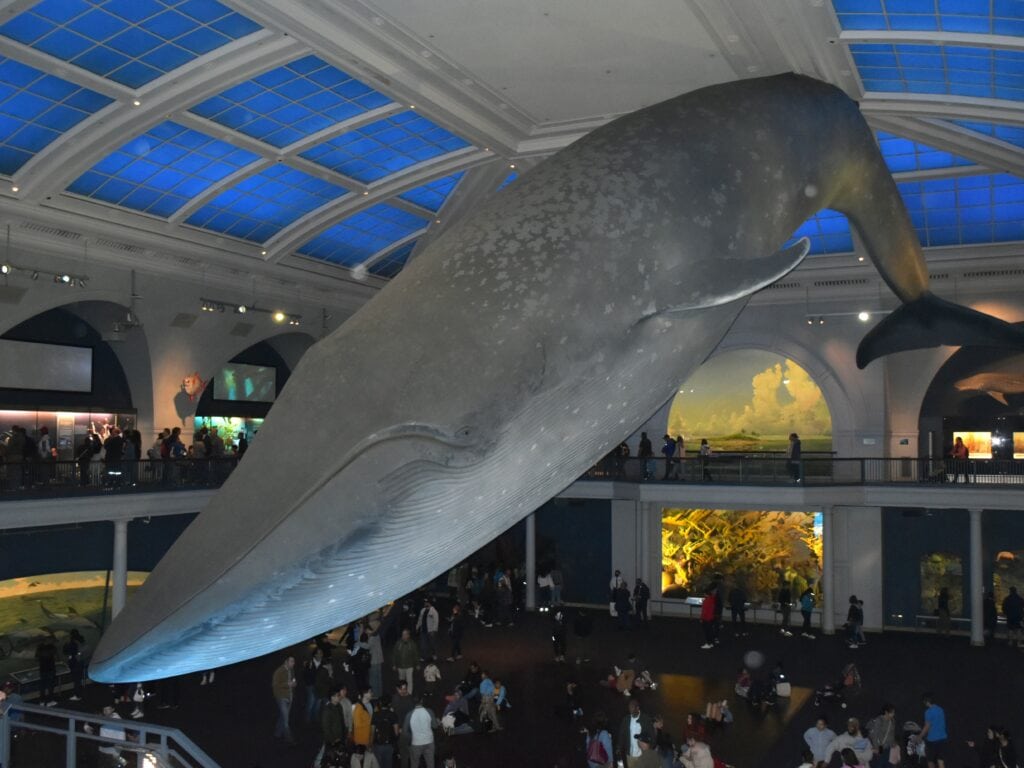
5. Learn about ancient civilizations
Delve into human history and culture through the museum’s collection of cultural halls. From ancient civilizations to indigenous tribes, these exhibits showcase diverse artefacts, artworks, and traditions from around the world.
6. Visit the Hayden Planetarium
Do you want to learn more about the universe? Take some time for a trip to the Hayden Planetarium. Explore the vastness of space, witness awe-inspiring astronomical visuals, and attend captivating shows narrated by none other than Liam Neeson.
7. Discover the Gems and Minerals Collection
Explore a stunning collection of precious gemstones and captivating mineral specimens. From enormous diamonds to delicate sapphires, and rare emeralds to breathtaking mineral formations, this collection showcases the remarkable beauty found in the natural world.
The museum’s gem and mineral collection is one of the largest in the world, with over 375,000 specimens. It includes rare and valuable gems like the Star of India, a 563-carat sapphire.
Free guided tours
Highlight tours are offered daily at 30 minutes past the hour from 10:30 am through 3:30 pm. Experienced guides will take visitors to many of the iconic halls and displays located throughout the Museum. Find out more about guided tours on the official website.
Beware: The museum does not allow third parties to lead private tours within the Museum.
Recommended duration and best time to visit
I recommend reserving 4 hours for your visit. While you can easily spend an entire day here, most of us can only process so much. We experienced this first-hand during our visit. FoMo is your worst enemy here, so I recommend picking the floors and exhibitions you like most first. That way you can enjoy them while you’re still fresh.
Best time to visit
The best time to visit is in the morning. The museum is very large, and starting early will give you more time without having to rush through. During the weekend it can get extra crowded, and you will have to wait longer to enter the museum. This is usually also the case when it rains, as most people want to go to museums.
Even if you bought tickets in advance, you might have to wait, which can take up to an hour if it is really crowded. So, starting early will make sure you have enough time as a buffer to really make the most out of your visit.
How to get in faster
When we visited the museum it was raining and the cues at the main entrance were very long. Luckily we found another entrance that saved us hours of standing in line.
When there is a long line at the main entrance, we recommend using the west-side entrance marked as ‘Rose Center for Earth and Space’ on W 81 St. Usually, the lines are much shorter here, and you will start in the Hall of the Universe. There is also a quick access scanner for popular City Passes.
Admission ticket and price
Visitors can expect to pay $30 for adults, $24 for students and seniors, and lastly $18 for children (Ages 3-12). You can buy your tickets in advance on the official museum website.
The museum offers a Pay-What-You-Wish option for NY, NJ or CT Residents only.
Discount with City Pass
Tickets for this museum are offered as an option for the City Pass. Are you visiting more museums and attractions? Then you can save money when using the City Pass. Check out the NY City Sightseeing Pass.
How to get to the American Museum of Natural History
Getting to the American Museum of Natural History is a breeze, thanks to its prime location at Central Park West and 79th Street in New York City.
You have plenty of options getting to the museum:
- Subway – Hop on the B (weekdays only) or C train to 81st Street, or the 1 train to 79th Street Station.
- Walk – Depending on where you stay, getting to the museum on foot is recommended. We chose this option, so we could also enjoy the surrounding area and Central Park.
- Bus – Multiple bus lines, including the M79 crosstown, M7, M10, and M11, will drop you off within walking distance of the museum.
View the location of this museum on Google Maps.
General information
Some extra information you might find useful.
Accessibility
The building is equipped with ramps and elevators to facilitate those using wheelchairs or mobility aids. Additionally, the museum offers accessible restrooms and seating areas throughout the premises.
Visitors with visual impairments can benefit from audio guides and tactile exhibits that enhance their understanding and enjoyment of the displays. The museum also provides sign language interpreters upon request, enabling individuals with hearing impairments to fully participate in guided tours and presentations.
Opening hours
The museum opens at 10:00 am and closes at 5:45 pm, with last admission at 5:00 pm. It is open every day of the year except for Thanksgiving and Christmas.
History of the museum
The American Museum of Natural History was established in 1869 with the purpose of promoting the study and understanding of the natural world. It has a vast collection of specimens and artefacts acquired through expeditions, donations, and purchases. Over the years, the museum has expanded its facilities and added new exhibits. Today, it is a premier institution for research, education, and public engagement in the field of natural history. Its rich history and extensive collection continue to inspire and educate visitors from around the world.
